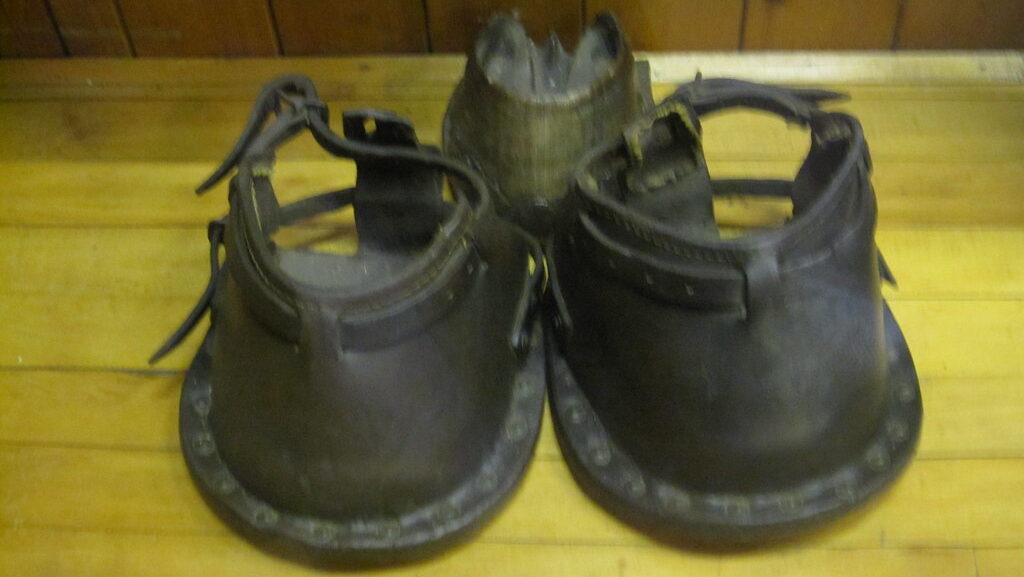Protective boots for horses are essential equipment that serve multiple purposes in safeguarding the delicate structures of equine legs during riding and training. From preventing interference injuries to providing support for tendons and ligaments, these specialized pieces of gear can make a significant difference in a horse’s soundness and longevity. With the numerous styles, materials, and designs available on the market today, finding the right boots for your specific riding discipline can seem overwhelming. This comprehensive guide explores the best protective boot options across various equestrian activities, helping you make informed decisions to keep your equine partner comfortable, protected, and performing at their best.
Understanding Horse Leg Anatomy and Vulnerability

Horse legs are engineering marvels, but they’re also inherently fragile structures supporting substantial weight and absorbing tremendous forces. The distal limbs contain critical tendons, ligaments, splint bones, and blood vessels with minimal protective tissue covering them. During movement, especially at high speeds or during complex maneuvers, horses can strike themselves with their own hooves (“interfere”) or experience stress on supportive structures. Injuries to these areas can range from minor irritations to career-ending damage. The anatomical vulnerability varies somewhat between front and hind legs, with front legs typically bearing more weight and hind legs generating more propulsive force, creating different protection needs for each pair of limbs.
Types of Protective Boots and Their Functions
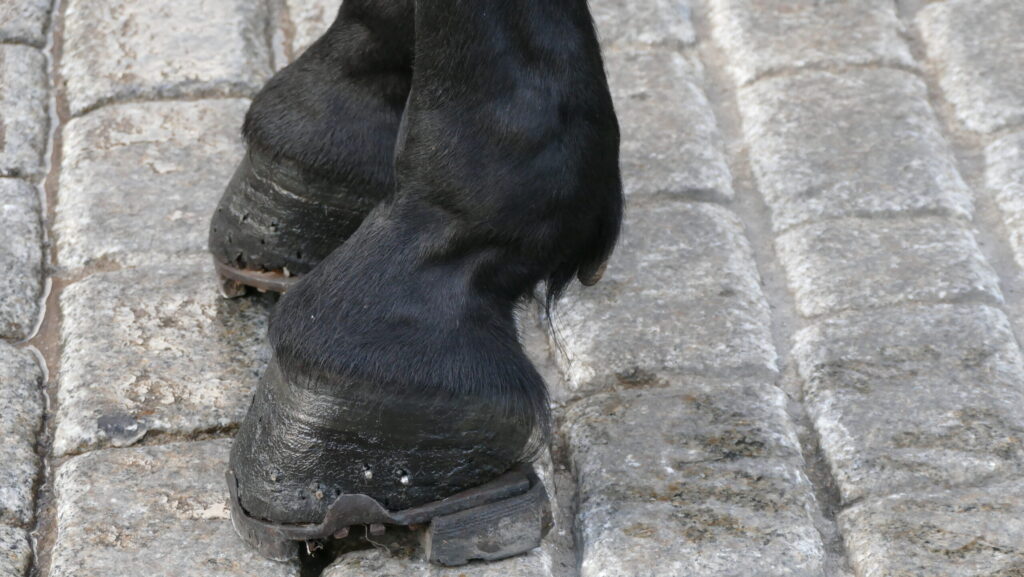
Horse boots generally fall into several main categories, each designed for specific protective functions. Splint boots primarily protect the inside of the cannon bone and splint bones from interference injuries. Bell boots (or overreach boots) shield the heels and coronary band from strikes by the hind hooves. Tendon boots provide support and protection to the flexor tendons and suspensory ligament. Skid boots protect the fetlock area during stopping maneuvers. Shipping boots offer comprehensive protection during transport. Cross-country boots combine impact protection with flexibility for jumping disciplines. Understanding these fundamental types helps riders select appropriate protection based on their horse’s movement patterns and the specific risks of their discipline.
Material Considerations for Horse Boots
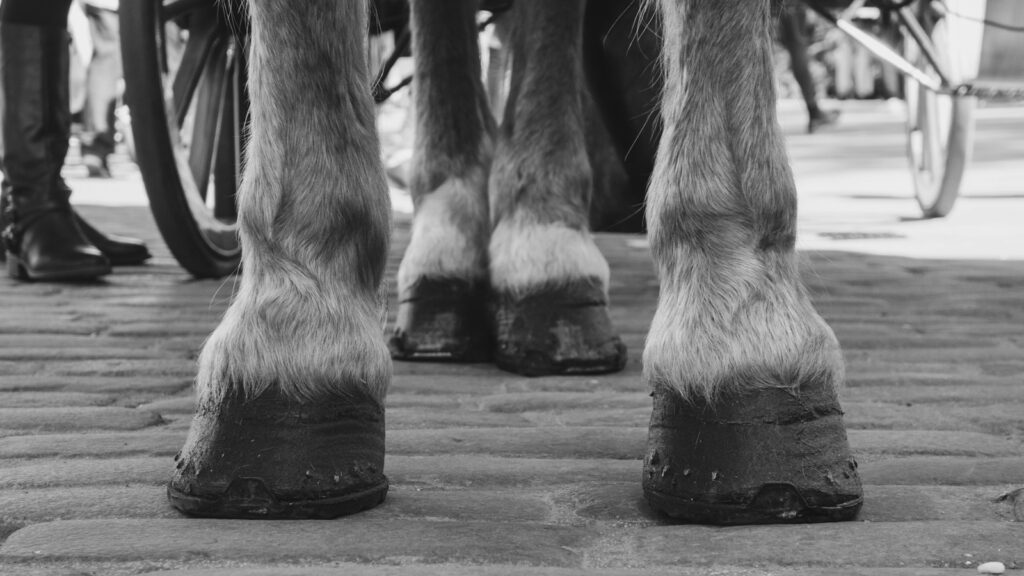
The materials used in equine boots significantly impact their protective qualities, comfort, durability, and suitability for specific conditions. Neoprene offers excellent shock absorption and conforms to the leg but can trap heat and moisture. Leather provides classic protection with good breathability but requires more maintenance and may be heavier. Modern synthetic materials like TPU (thermoplastic urethane) offer superior impact protection while remaining lightweight. Memory foam and gel inserts provide enhanced shock absorption in premium models. Breathable mesh panels have become increasingly common to help regulate temperature and allow moisture evaporation. When selecting materials, riders must balance protection with concerns about heat buildup, potential for skin irritation, and the specific demands of their discipline.
Proper Fit and Application Techniques
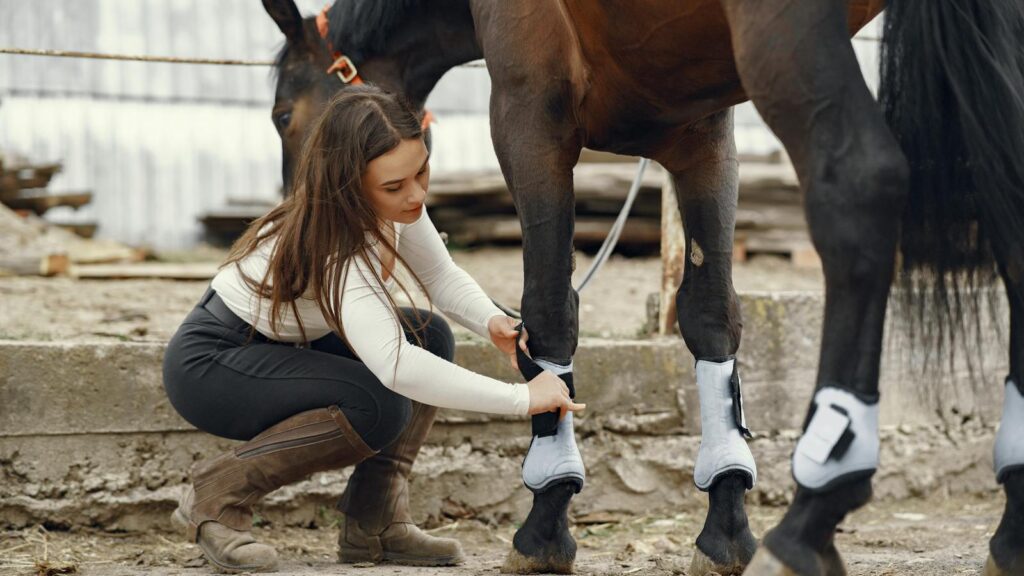
Achieving the correct fit for protective boots is critical to ensuring they provide the intended protection without causing discomfort or harm. Boots that are too tight can restrict circulation and tendon movement, potentially causing more harm than good. Conversely, boots that are too loose may slip, rub, or fail to provide adequate protection. Most manufacturers provide specific sizing guidelines, typically based on circumference measurements of the cannon bone. Proper application involves careful positioning—boots should generally be centered on the cannon bone with closures on the outside of the leg. Strike pads should align precisely with vulnerable areas, and closures should be secure without being overly tight. Many professionals recommend being able to insert one finger between the boot and the horse’s leg as a basic fit test.
Dressage: Minimal Protection with Maximum Elegance
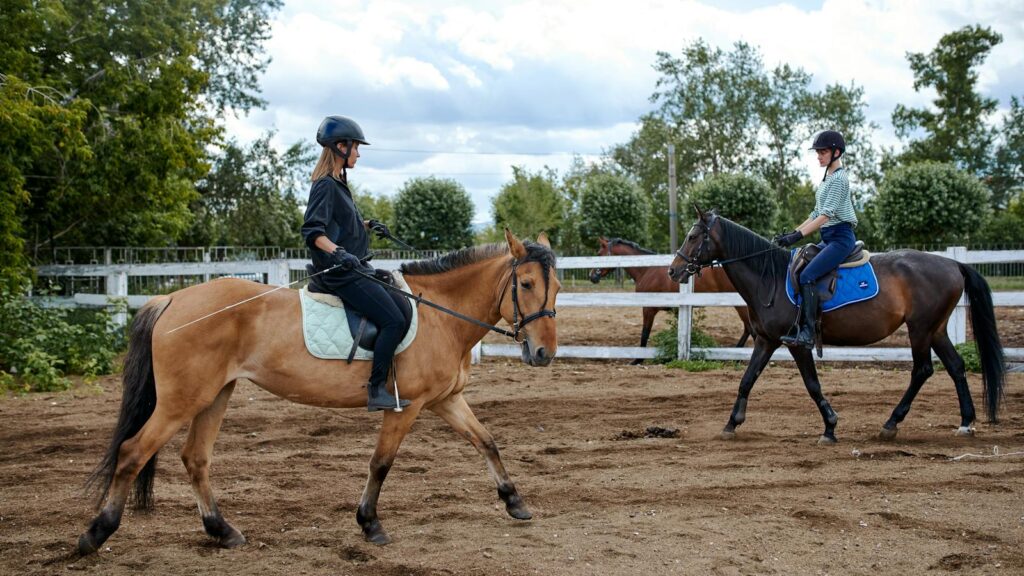
The refined discipline of dressage emphasizes precision movements with minimal interference, reflected in its approach to protective gear. Most dressage riders prefer low-profile, lightweight boots that provide the necessary protection without restricting movement or detracting from the horse’s elegant appearance. Dressage-specific boots typically feature supple materials with subtle designs that complement the formal aesthetic of the sport. Many competitive riders choose fleece-lined leather boots or streamlined synthetic options in conservative colors that blend with traditional attire. When protection is needed during training, especially for young or developing horses, many dressage riders opt for open-fronted brushing boots that allow the horse to feel contact with obstacles, encouraging proper limb awareness while still protecting against bruising and abrasions.
Show Jumping: Impact Protection for Takeoffs and Landings
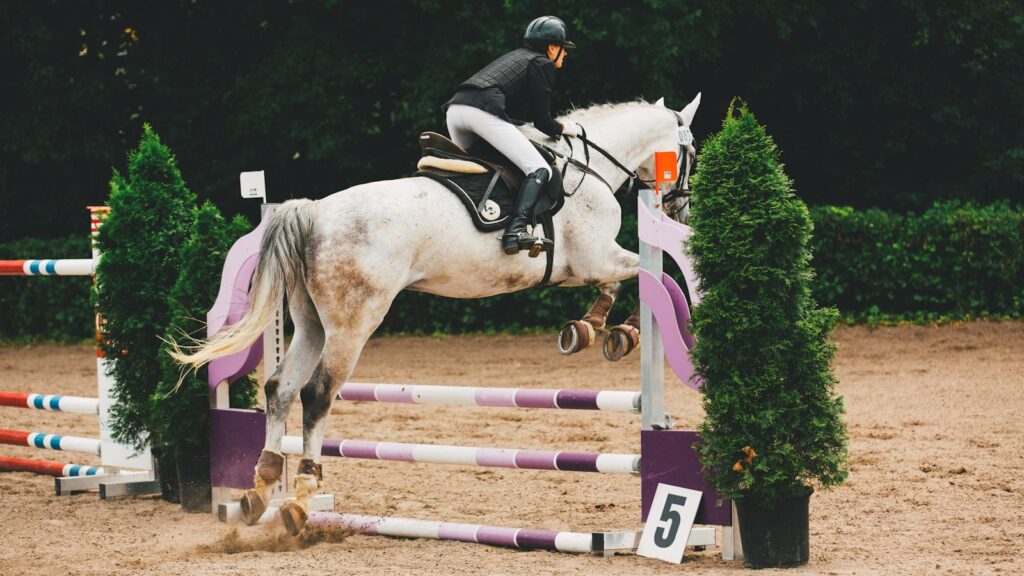
Show jumping subjects horses’ legs to extreme forces during takeoff and landing phases, creating specific protection requirements. Open-fronted tendon boots are particularly popular in this discipline, as they shield the tendons and ligaments on the back of the leg while leaving the front open to allow the horse to feel contact with jump rails. This design philosophy encourages horses to jump more carefully while still protecting critical structures. Modern jumping boots frequently incorporate high-tech impact-resistant materials like TPU strike pads or carbon fiber shells over softer neoprene linings. Many professional show jumpers use boot combinations—tendon boots on the front legs and fetlock boots on hinds—to address the different strike patterns associated with each pair of limbs. Lightweight design remains essential as additional weight can affect the precise movements and split-second timing required for successful jumping rounds.
Eventing: Versatile Protection Across Varied Terrain
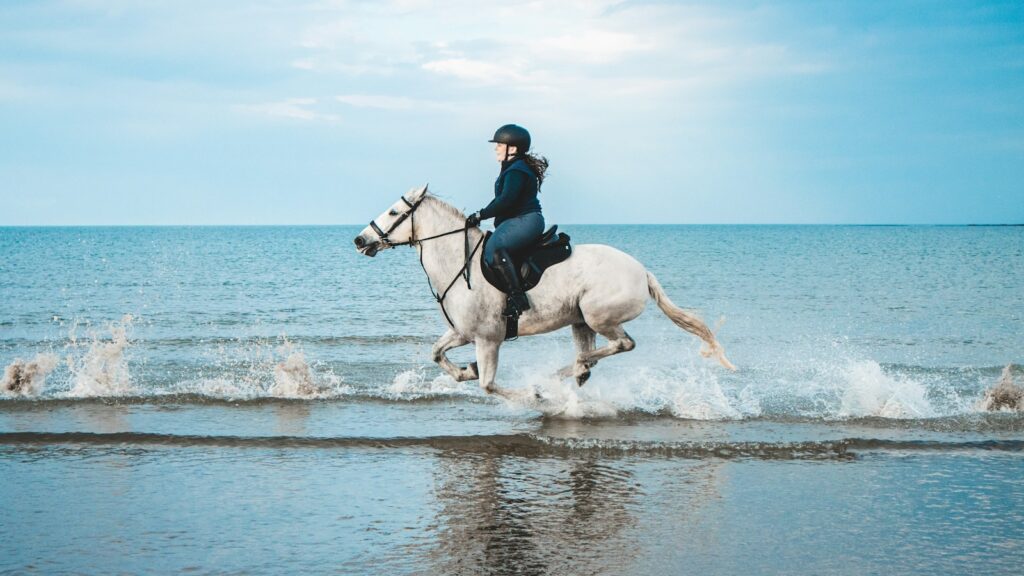
Eventing presents unique challenges for leg protection, requiring boots that can withstand the rigors of multiple disciplines and diverse terrain conditions. Cross-country phases demand particularly robust protection to guard against impacts from solid obstacles, uneven ground, and water hazards. Many eventers select boots with reinforced strike areas and water-resistant properties for cross-country, often pairing these with brushing boots for dressage phases and specialized jumping boots for stadium rounds. The best eventing boots balance substantial protection with sufficient flexibility to allow a full range of motion over varied terrain. Cross-country boots typically feature extended coverage areas, protecting not just the cannon bone but also the inside of the fetlock joint, an area particularly vulnerable during technical cross-country maneuvers. Water-resistant closures and materials that don’t absorb water weight are important considerations for water complex navigation.
Western Disciplines: Specialized Protection for Speed and Agility
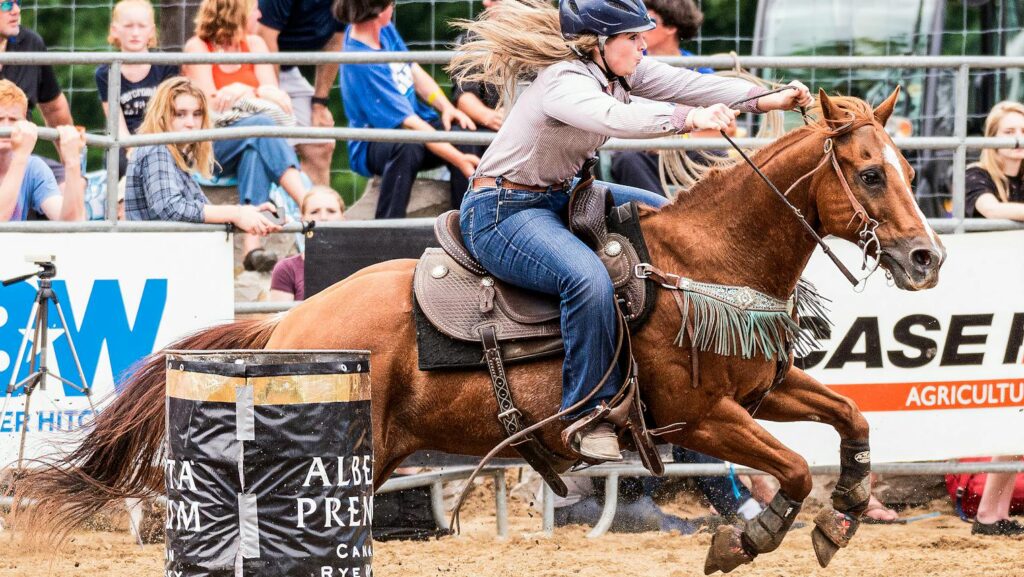
Western riding disciplines encompass a wide range of activities with specific protective needs, ranging from barrel racing to reining to roping. Sport boots are extremely popular in barrel racing and other speed events, providing comprehensive support around the entire cannon bone and fetlock area to help stabilize joints during tight turns at high speeds. These typically feature neoprene construction with extended coverage and secure closures to prevent shifting during rapid direction changes. As with sliding stops in reining, skid boots protect the fetlock area from abrasion as the horse’s hind legs slide along the ground. Working cow horse competitors often select combination boots that provide support during quick transitions while protecting against impact during cow work. Many western boots feature distinctive designs and colors that have become part of the aesthetic tradition of these disciplines.
Endurance Riding: Long-Distance Comfort and Protection
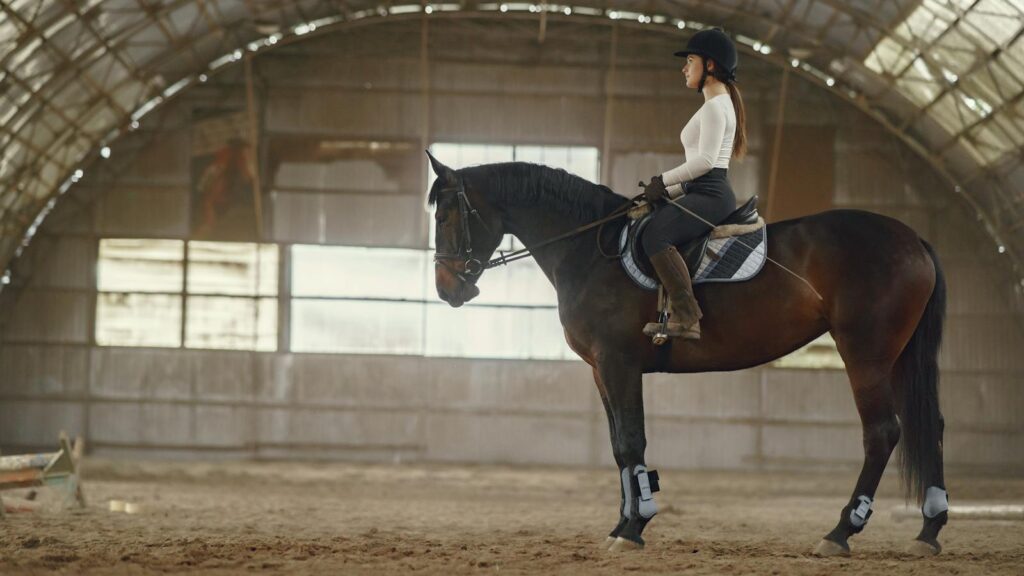
Endurance riding presents a unique challenge for leg protection, balancing the need for support during many hours of continuous exercise with concerns about heat buildup and restriction. The ideal endurance boots are extraordinarily lightweight, highly breathable, and designed to minimize friction over long distances. Many endurance riders prefer boots with significant mesh paneling or perforated neoprene that allows maximum airflow while still providing targeted protection in vulnerable areas. Gaiters that protect only the inside of the leg are popular for minimizing weight while addressing the most common interference patterns. For more challenging terrain, some endurance riders opt for combination boots that include both tendon support and strike protection, particularly those made from modern materials that don’t absorb water or sweat weight. The closure systems on endurance boots must be exceptionally secure yet non-abrasive to prevent rubbing over many miles of continuous use.
Therapeutic and Rehabilitation Boots
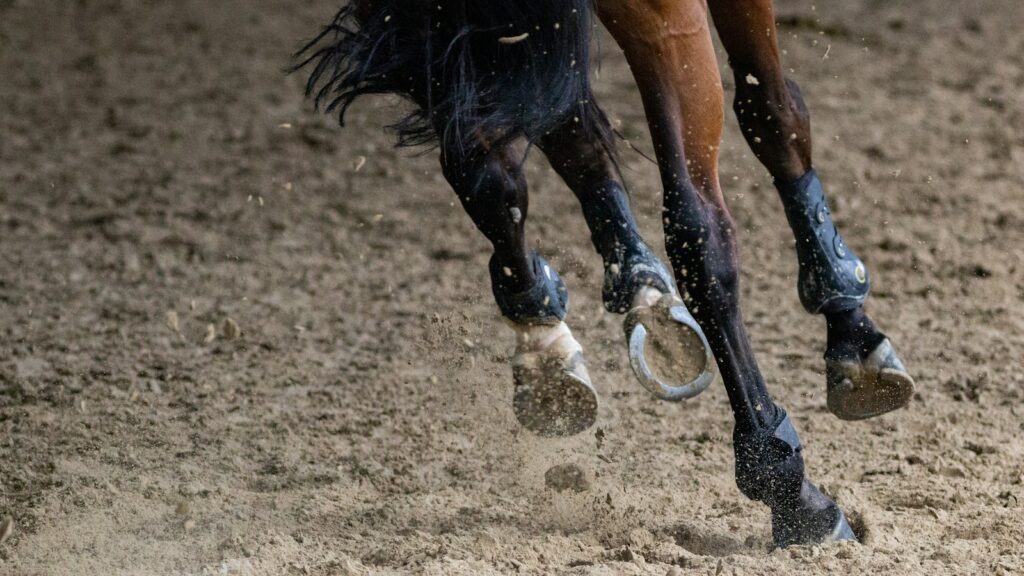
Beyond competitive use, specialized therapeutic boots play a crucial role in equine rehabilitation and injury prevention. Magnetic therapy boots utilize embedded magnets to potentially increase blood flow and reduce inflammation in horses recovering from strains or minor injuries. Cold therapy boots combine protective features with ice or cooling gel inserts to address acute inflammation following intensive work. Compression boots work similarly to human compression garments, supporting healthy circulation and potentially reducing fluid buildup in the lower limbs. Some therapeutic boots incorporate adjustable support panels that can be positioned to address specific structural weaknesses or provide extra support to healing tissues. While these boots often come with premium price tags, they represent important tools in maintaining soundness for performance horses and supporting recovery for horses returning from injury.
Weather Considerations in Boot Selection

Environmental conditions significantly impact boot selection, with different options optimal for various weather scenarios. In hot weather, breathability becomes paramount to prevent overheating and associated skin conditions like rashes or dermatitis. Boots with mesh panels, perforations, or moisture-wicking linings help manage heat while still providing protection. For wet conditions, water-resistant materials that don’t become waterlogged and heavy are ideal, with neoprene and certain synthetics offering advantages over traditional materials like leather or fleece. Cold weather riding may call for boots that provide some insulation while still allowing freedom of movement. Some manufacturers offer seasonal lines specifically designed for extreme weather conditions, with lighter, more ventilated summer options and more insulative winter designs. Proper post-ride care becomes even more critical in challenging weather conditions to prevent material degradation and maintain hygienic conditions against the horse’s skin.
Budget Options vs. Premium Protection
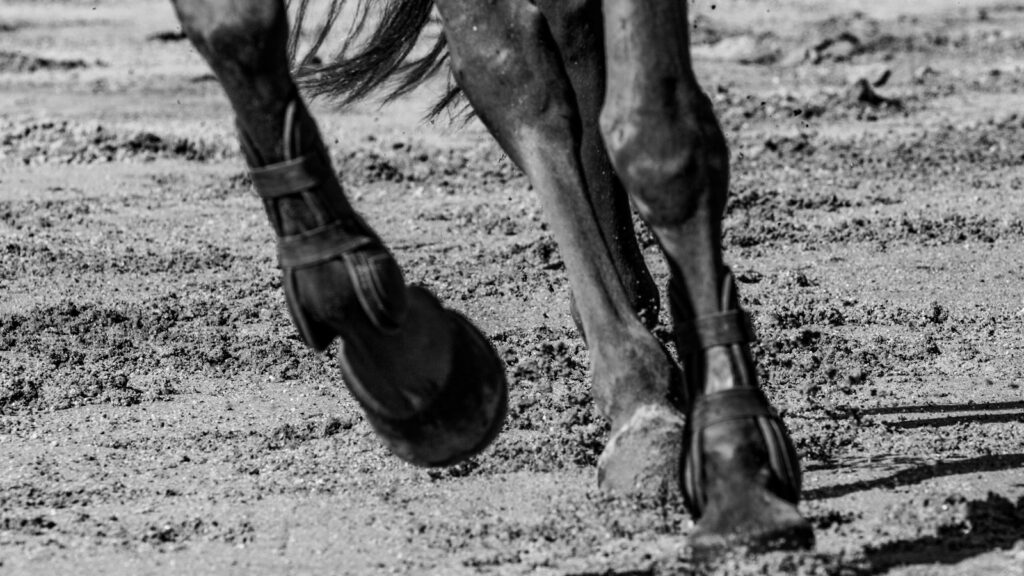
The price range for equine protective boots spans from economical options under $30 to premium models exceeding $300, raising questions about the value proposition across this spectrum. Budget boots typically feature simpler designs, basic materials like neoprene or synthetic leather, and standard closures like hook-and-loop fasteners. While these may provide adequate protection for light work or low-impact activities, they often lack the advanced features, durability, and precision fit of higher-end options. Premium boots generally incorporate technological innovations like impact-resistant materials, anatomically shaped designs, moisture management systems, and superior closure mechanisms. For high-level competition or horses with specific conformational challenges, the investment in premium options often proves worthwhile. Most riders find their sweet spot in the mid-range market, where boots offering good protection and reasonable durability can be found without breaking the bank.
Maintenance and Hygiene Best Practices
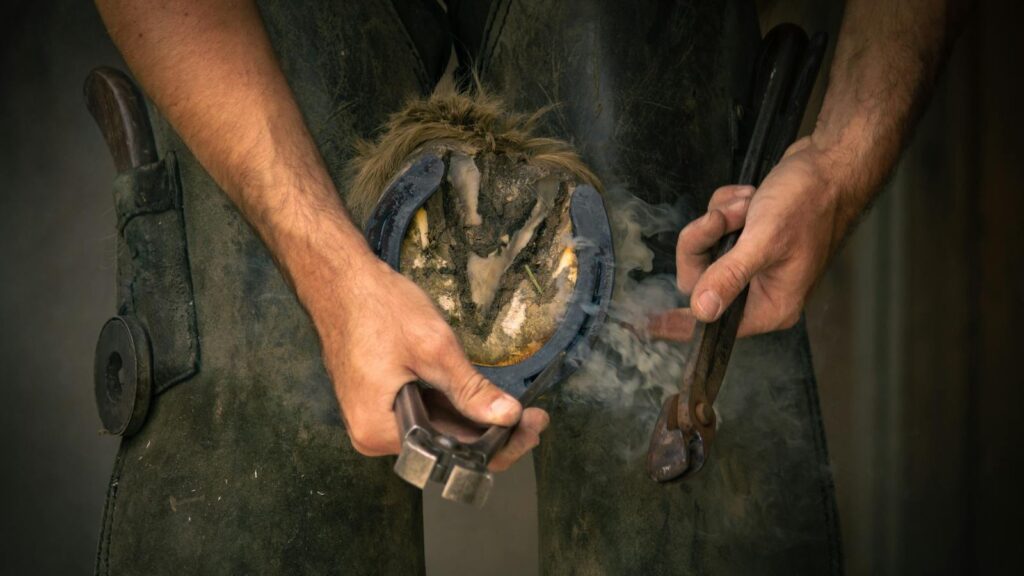
Proper care extends the lifespan of protective boots while ensuring they remain hygienic against your horse’s sensitive skin. After each use, boots should be thoroughly cleaned of dirt, sweat, and debris—most synthetic boots can be rinsed with cool water and mild soap, while leather requires specific leather cleaners and conditioners. Complete drying before storage is essential to prevent mold, mildew, and unpleasant odors, with boots ideally hung or laid flat rather than folded to maintain their shape. Regular inspection for wear patterns, compromised closures, or damaged protective elements helps identify when replacement is necessary. Most manufacturers recommend against machine washing or drying, as these can damage protective inserts and accelerate material breakdown. For horses used in multiple sessions daily, having multiple sets allows complete drying between uses and extends the overall lifespan of each set.
When to Use Boots vs. When to Go Without
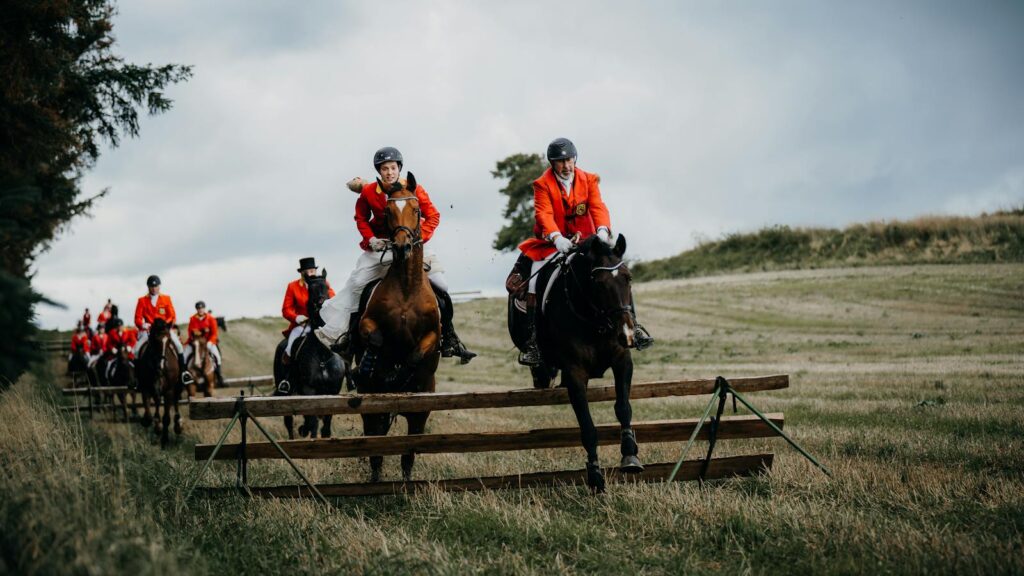
The question of when protective boots are necessary versus when natural movement is preferable represents an ongoing debate in equestrian circles. Some trainers advocate for minimal boot use, arguing that constantly protected legs don’t develop natural toughness and proprioception. Others emphasize that modern riding demands often exceed what evolution prepared equine legs to withstand, justifying consistent protection. Most professionals recommend a balanced approach—using appropriate boots during higher-risk activities while allowing periods without protection during controlled, lower-impact work. Young horses in particular benefit from intervals of unbooted work to develop awareness of their limbs and natural coordination. Certain situations nearly always warrant protection: jumping, fast work, riding on unpredictable terrain, and competition scenarios where heightened excitement may lead to less coordinated movement. Ultimately, decisions should be made based on the individual horse’s conformation, movement patterns, and the specific demands of the activity.
investing in horse leg protection
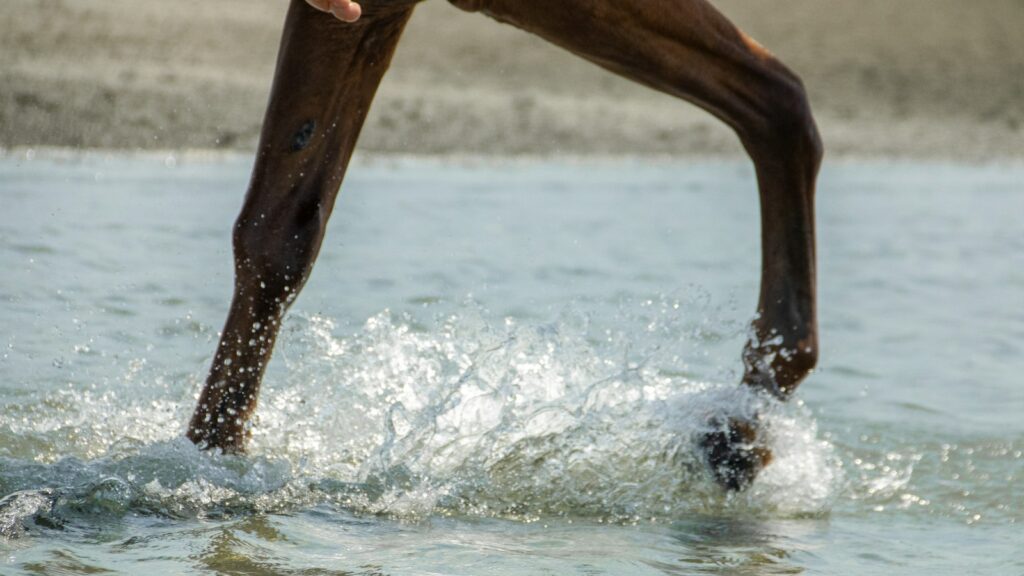
Selecting the right protective boots for your horse represents an important investment in their soundness and career longevity. By understanding the specific demands of your riding discipline, your horse’s individual needs, and the technical aspects of various boot designs, you can make informed choices that balance protection with comfort and performance. While trends in boot design continue to evolve with advancing materials science and biomechanical research, the fundamental principles remain consistent: providing targeted protection to vulnerable structures while allowing natural, unrestricted movement. With proper selection, fit, and maintenance, quality protective boots become valuable partners in keeping your equine athlete comfortable, confident, and performing at their best across all riding disciplines.

